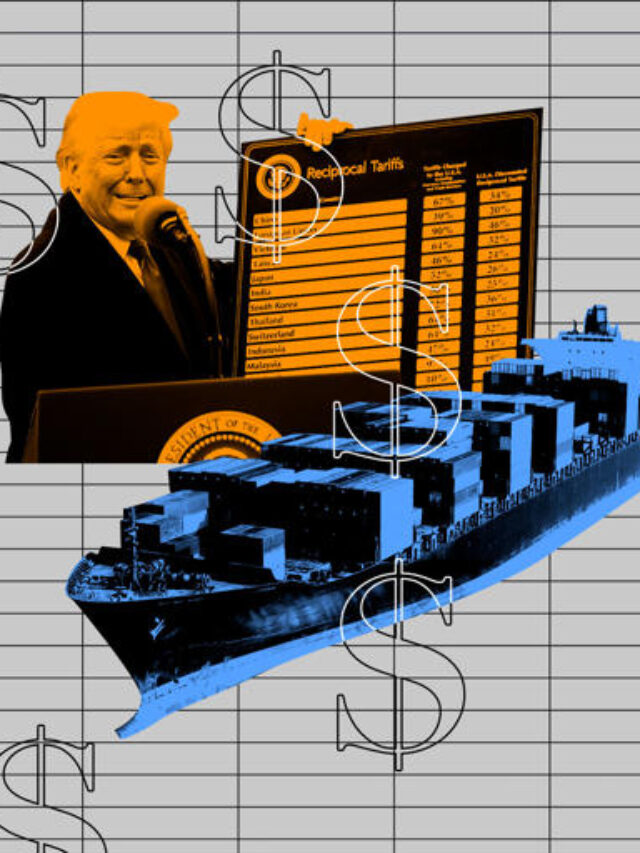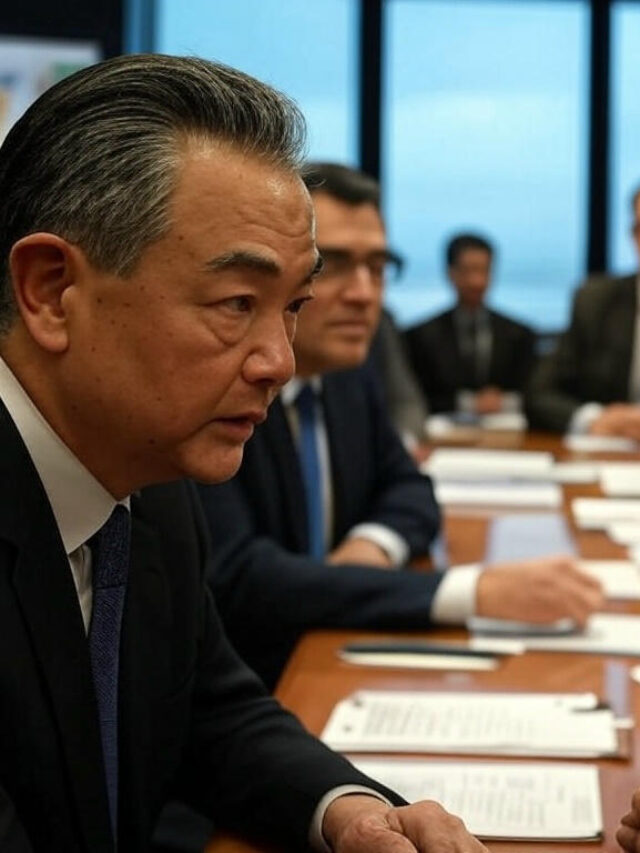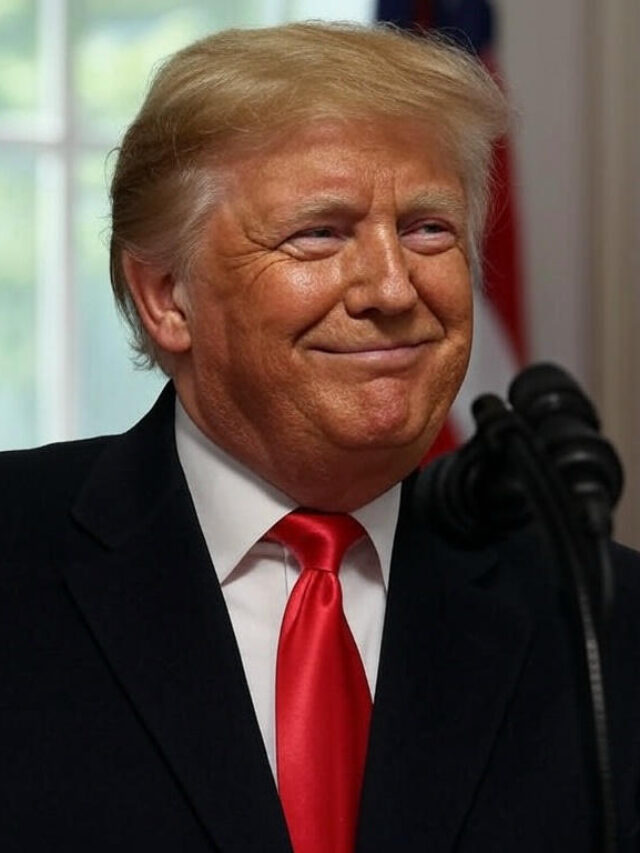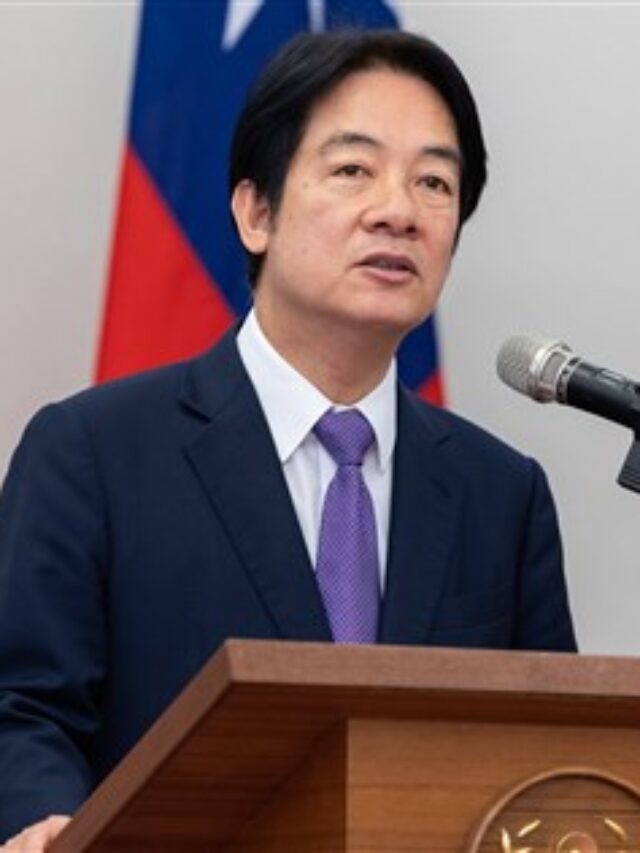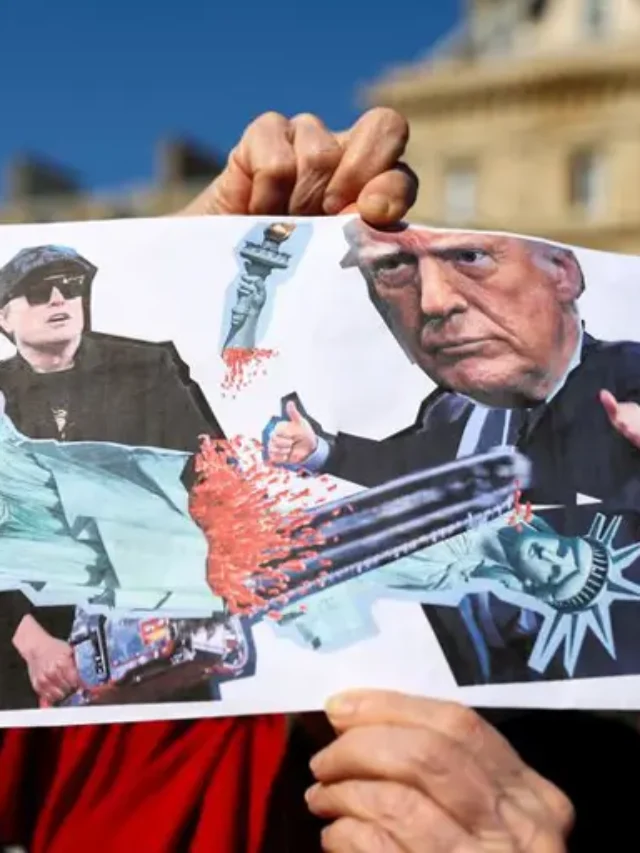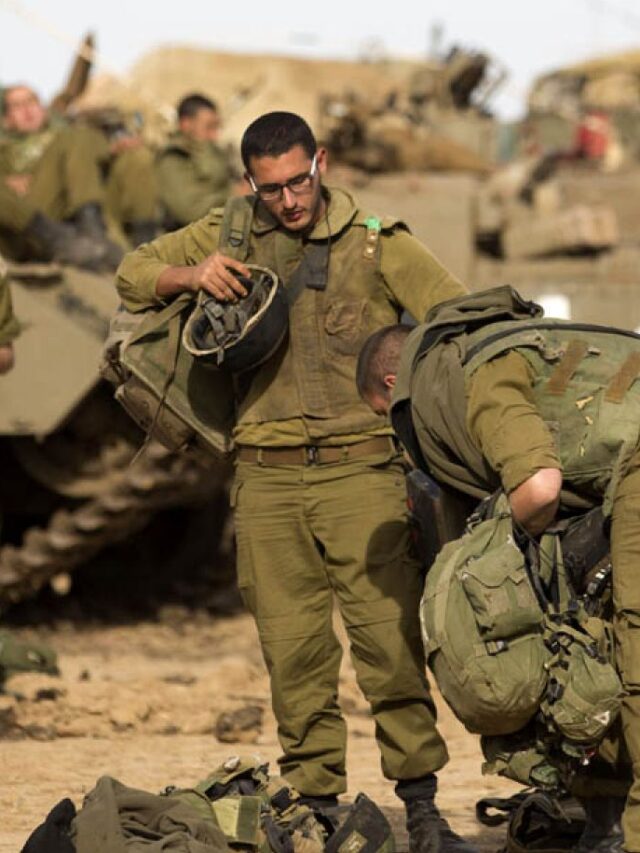Dire Wolves Have Just Been Brought Back
Recently, dire wolves were revived from extinction, and no, this isn’t a “Game of Thrones” fantasy.
How American policies shake up global trade.
The United States has always played a significant role in global trade, but when it applies customs duties, the entire world suffers. While tariffs are still a reasonable topic in 2025, the United States continues to use its economic might, leaving its trading partners in a disorganized state of readjustment. These customs rights, which range from steel to soybeans, are more than just taxes; they are a sophisticated dance of power, politics, and retaliation that redefines the rules of international trade.
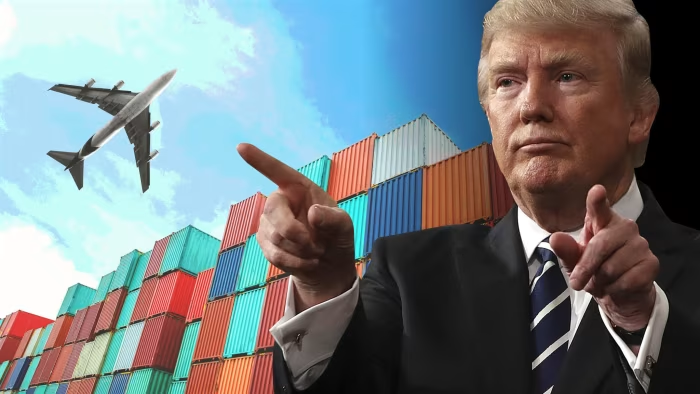
The Tariff Adjustment
In order to protect domestic industries and gain an advantage in commercial negotiations, the United States has favored the use of tariffs, which are actually taxes on imported goods. Taking into consideration Trump’s commercial disputes, which included 25% tariffs on aluminum, 10% tariffs on steel, and a number of other restrictions on Chinese imports. As of right now, even though the specifics differ from one government to the next, the tariff tool is still in use. Whether it is to support American farmers or to oppose technological imports, the United States continues to advocate for “America First” despite the growing interdependence of the global economy.
Winners and Losers on the Dance Floor
Who is uncoordinated and who is a good dancer? The increase in customs duties may cause the price of imported goods to rise, benefiting local businesses such as agribusinesses and automobile manufacturers. However, not everything is always simple. Consumers in the United States are frequently faced with price increases, and supply issues affect sectors such as technology and the automobile industry, which rely on imported parts.
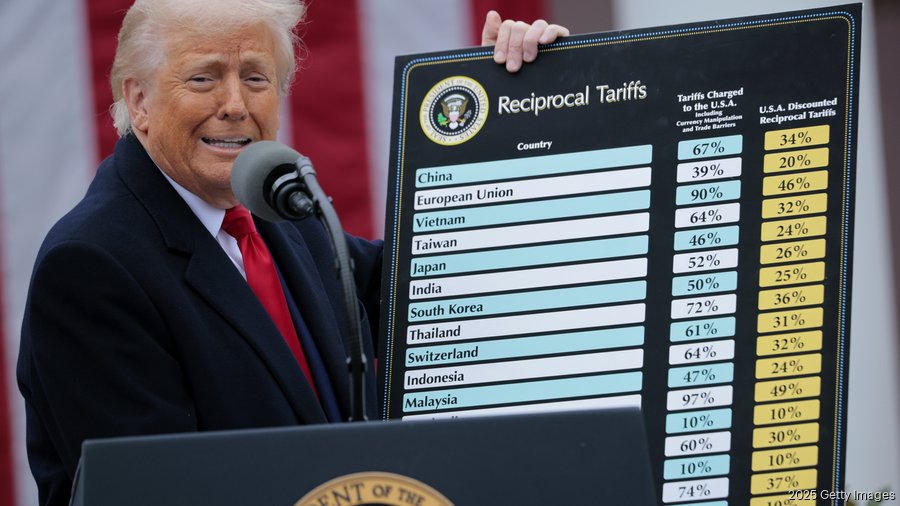
The Waltz of World Trade
Recede, and the tariff dance disrupts global trade. The World Trade Organization (WTO), which is responsible for ensuring the smooth operation of commercial exchanges, is closely monitoring the erosion of its rules by universal tariffs. Supply chains, formerly optimized for efficiency, are becoming complicated as companies delocalize their manufacturing, such as car manufacturers who transfer their facilities from China to Thailand to avoid customs duties. Do not neglect the unpredictable factor of inflation. When customs duties increase costs, central banks around the world work hard to keep prices stable, sometimes at the expense of growth.
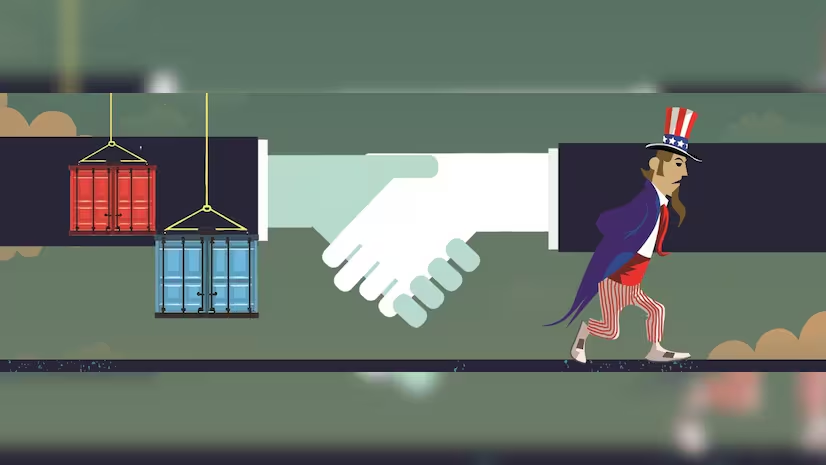
The Overarching Pattern
Whether or not they are appreciated, the United States’ imposed tariffs are a power play with a global echo. They believe that short-term challenges like cost increases and business conflicts will pave the way for long-term benefits like strengthened sectors and better deals. However, in a world where no economy is isolated, the effects extend well beyond American borders. The opponents pass by the activity, the allies squabble, and other competitors bond on the dance floor.
As we move forward into 2025, one thing is certain: the high American tariffs won’t go away anytime soon. All economic actors, whether it’s a chaotic dance or a gradual advancement toward economic supremacy
NSA Director fired After Trump’s Meeting with Laura Loomer
Trump fires NSA Director Timothy Haugh after meeting with right-wing activist Laura Loomer, sparking political controversy.
Parachinar: A Stateless Death Zone
On the night of November 21, when the convoy heading towards Parachinar was attacked, resulting in the murder of over 53 people. I received a phone call from a Pakistan Army colonel, someone I had known during my GIZ days when I was part of an education project. He asked about the safety of my family and cursed the terrorism. Before ending the call, he said something very important. He remarked, “This is a curse of terrorism, but our people are foolish enough to compare these tribal animosities with Gaza, where a systematic genocide is happening.”
I replied, “You are absolutely right, Colonel Sahib. Today, I want to share five differences between Gaza and Parachinar, which might help you better explain to people why these two should not be compared.”
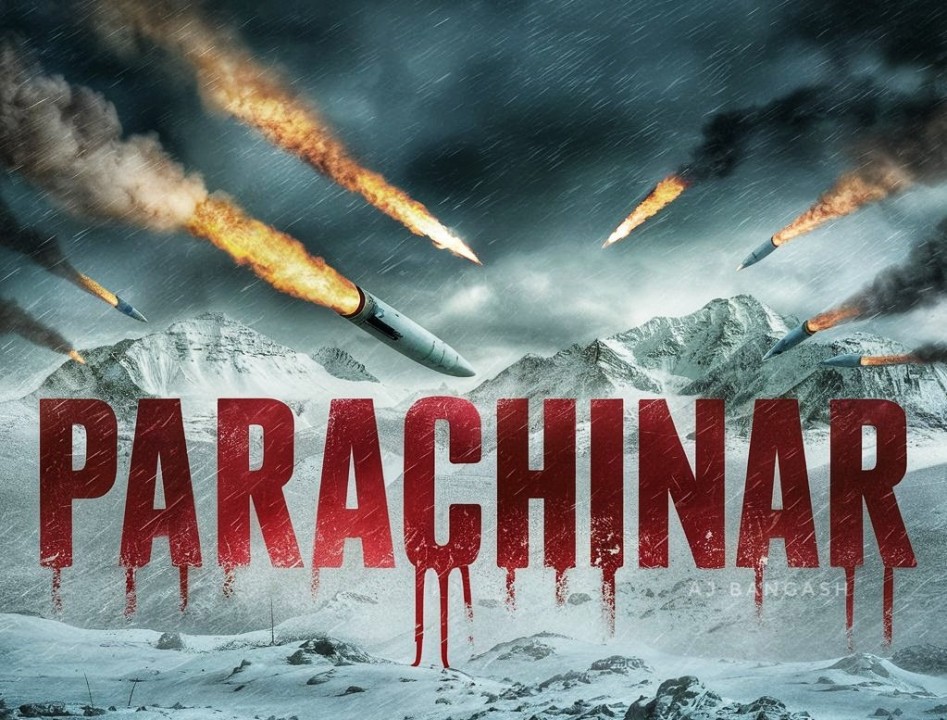
- I continued: “First, after October 7, when Gaza was encircled and its people were denied basic necessities of life, other countries began airdropping aid. Even the United States, complicit in this genocide, has conducted dozens of airdrop operations in the past year alone. But Colonel Sahib, Parachinar does not have the luxury of airdrops. Between 2007 and 2011, during the four long years of siege, hundreds of children died due to a lack of antibiotics in the harsh winters. Cancer patients, diabetics, and the injured were left to their fate, without any help or access to basic care.”
- Secondly, you must have read in newspapers or on Al Jazeera that even in these harsh times, when almost all Gazans are living in tents with no safe place to go, Hamas civil administrators punished someone who had been stealing from tents and was also accused of spying for the IDF forces. But Colonel Sahib, in Parachinar, over 6,000 people have been killed, and not a single person has received justice. People stormed a school, killed teachers, and shared the videos on social media—all clearly identifiable—yet no one has been brought to justice.

- Third, when someone is fortunate enough to escape Gaza, almost every country opens their arms to them and accepts them as state guests. But even when people from Parachinar safely leave the district, they are targeted in other parts of the province. Last year alone, there were 11 road attacks, seven of which occurred in districts like Hangu, Kohat, and Peshawar. Even the Parachinar Hotel in Peshawar, where the people of Parachinar conduct funerals for their dead—since they often can’t bring them back to Parachinar—was targeted multiple times.
- Fourth, Gaza, though a death zone, is at least fortunate enough to receive coverage on almost every media platform. However, when it comes to Parachinar, unless 50 people are killed, no one even pays attention, and the mainstream media has never given us meaningful coverage.
Last but not least, Colonel Sahib, the people of Gaza at least receive empathy from others and are considered human beings. Unfortunately, we are long regarded as brutal tribal people who are simply accustomed to this cycle of killing each other.”
Now, coming to the most important question regarding the role of the state, many of you might be wondering how a country with one of the most powerful militaries in the world, a nuclear power with a sophisticated and up-to-date air force, can be so incompetent in bringing peace to the region and securing a mere 26-kilometer stretch of road. To answer this, we need to examine the issue from three perspectives: first, the willingness of the state; second, the strategic use of the population by the state; and lastly, the suppression of media to prevent any empathy from other parts of Pakistan for the people residing there.

Law enforcement agencies have never faced issues of capacity; they are highly skilled, powerful, and possess extensive intelligence coverage of the region. This is evident from the fact that when any member of the Pakistan Army is killed in the region, they exercise their full strength, and no one dares to harm security personnel. Among the 6,000 deaths reported, the number of enforcement personnel killed is not even in double digits. The problem lies in the willingness of the state.
They have never been genuinely committed to bringing peace to the region. In 2007, when the Taliban unleashed a war on the area and encircled the population, not a single bullet was fired by state forces. Instead, they left the locals to face this threat on their own. During that period, over 11 convoys were attacked while security personnel merely watched. Under their watch, people were frequently abducted from the convoys, later either brutally murdered or held for ransom. Despite the massive bloodshed, even the only peace agreement of 2011, known as the Murree Agreement, was not only brokered by the Taliban but also guaranteed by them. This further highlights the state’s lack of seriousness in addressing the crisis.
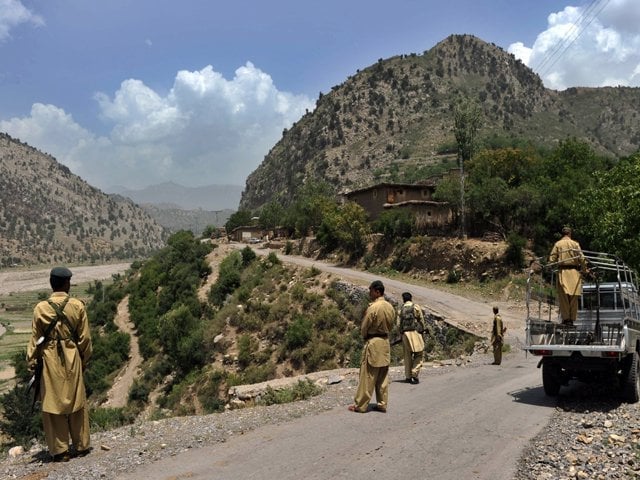
Secondly, the state has consistently used the tribal population as a strategic asset, letting them get equipped with heavy weapons to serve as volunteer protectors of the border. They have fostered a sense of insecurity, conveying that if anything happens to them, they are solely responsible for their own protection. During the merger, tribal districts were promised an allocation of 100 billion PKR annually, but this promise was never fulfilled. The population has been deprived of education and other essential facilities, creating an environment that breeds militant mindsets and militancy in the region.
Third, and perhaps the most important, is the blockade of mainstream media coverage, which prevents people in other regions from empathizing with the plight of those in Parachinar. Tribal disputes, warring tribes, tribal animosity, land disputes—how often have you read or heard such narratives about Parachinar in the mainstream media? Why wouldn’t people in settled regions of Pakistan think of us as primitive hunting tribes living in caves, devoid of families or social structures, when we are so consistently ignored by the media? Suppose I lived in urban Pakistan or Punjab, where the media focuses solely on mainstream politics with little regard for human suffering in remote areas.
Why would I care about a people whose losses are unimaginable? In a small district with a population of just 700,000, over 6,000 people have died. If 6,000 people have died, then over 30,000 are injured—many of them amputees. Why wouldn’t this number of 6,000 feel like just a statistic to you, when those lives belong to people dismissed as part of so-called primitive tribal societies?

Parachinar is the most beautiful place among all the newly merged districts of Khyber Pakhtunkhwa. Its dazzling, scenic mountains, brooks, and rivers are unforgettable. Nestled between the mountains like a narrow valley, the district is renowned for its breathtaking, snow-capped white mountain, often regarded by many tourists as a replica of Mont Blanc in France. Unfortunately, the people of this picturesque region are now trapped in a new wave of violence.
In 2024 alone, over 300 people have been brutally killed, and many more injured. Amid recurring blockades, the latest siege has persisted for over 180 days, with no end in sight. It’s like caging 0.6 million chickens. The people feel abandoned by the state and are left without hope. They don’t know whether to mourn their lost loved ones or to protect their children from diseases in the freezing cold, as health facilities are depleted and antibiotics are no longer available. Women, already marginalized in the region, are among the most affected, watching helplessly as their loved ones and breadwinners lose their lives before their eyes.

